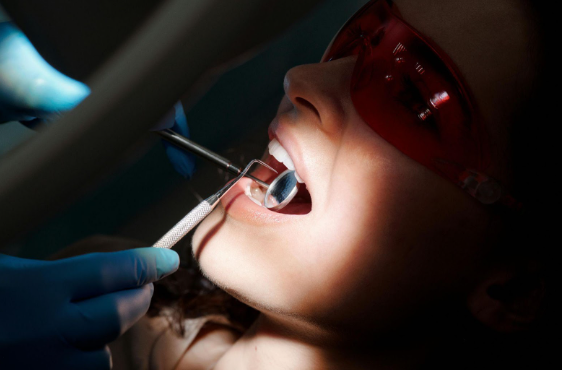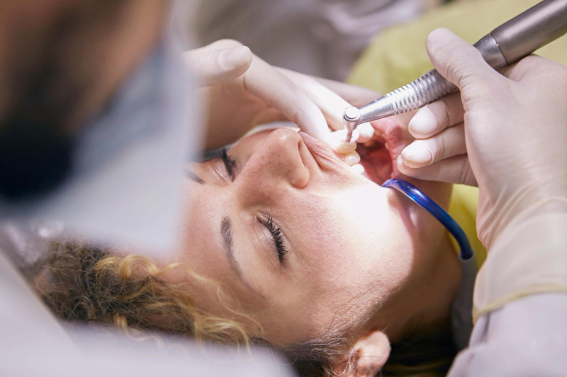Gateway Family Dental Blog

Genetics + Tooth Discoloration: Is There a Link?
A bright smile is one of the most inviting features on a person’s face. When we don’t feel confident about our teeth, however, our smiles can become a source of insecurity rather than confidence. For individuals who suffer from stubborn tooth discoloration, hiding their teeth can become a constant burden in everyday interactions.
For some people, tooth discoloration can’t be easily corrected with store-bought whiteneners. Stubborn tooth discoloration doesn’t always come from poor oral hygiene or habits like smoking or drinking coffee. Oftentimes, tooth discoloration is caused by genetics.
Today, we’re exploring how genetics can influence the color of your teeth, as well as treatments that can help resolve genetic tooth discoloration.
Two Different Genetic Conditions Can Cause Tooth Discoloration
There are two separate inherited conditions that cause genetic tooth staining or discoloration.
Dentinogenesis imperfecta is
an inherited genetic condition that causes grayish, transparent tooth enamel and weak, brittle teeth. The condition can affect both baby teeth and permanent teeth.
Amelogenesis imperfecta is
another inherited condition caused by genetic mutations. The condition causes a yellow-brown tooth discoloration and soft, fragile enamel that is prone to pitting or grooving. This condition increases a person’s risk of tooth decay, as well as chipping, cracking and breaking in the teeth.
Genetics Can Affect the Appearance of the Teeth
Many people who don’t suffer from the genetic conditions listed above still suffer from stubborn tooth discoloration. And in fact, genetics can impact the color of a person’s teeth.
Thicker, whiter enamel can run in families, just as more transparent tooth enamel can be inherited. Many people have genetically yellow teeth that don’t respond well to store-bought whiteners or toothpastes.
Intrinsic staining (discoloration that exists in the dentin, below the enamel) will always be harder to treat than surface, or
extrinsic, stains.
Extrinsic tooth discoloration is typically caused by certain foods and drinks, smoking cigarettes or chewing tobacco. These stains can usually be removed through traditional whitening methods.
Poor oral hygiene can also cause discoloration and staining on the teeth. Not brushing or flossing regularly can lead to plaque and tartar buildup on the teeth, which can cause yellow or brown patches on the teeth. Poor oral hygiene can also cause visible spots of decay on the teeth.
Good oral care is a vital part of maintaining the very best version of your smile. Visit a dentist to receive a comprehensive dental exam and to learn proven methods for improving the health and appearance of your teeth.
Treating Genetic Tooth Discoloration
For people who suffer from naturally discolored teeth, there are several options for improving and treating the staining.
Professional teeth bleaching is often considered the first line of treatment for individuals with genetically inherited tooth discoloration. While store-bought whiteners don’t usually provide satisfactory results, bleaching performed by a dentist can have good results that last a long time.
Many individuals with genetic conditions that cause weak, discolored teeth opt for tooth restoration. Crowns, veneers, and dental implants can not only correct the aesthetics of the teeth, but also provide resilience and stability. Because these genetic conditions cause tooth discoloration
and
weak, brittle enamel, tooth restoration is often a more permanent treatment option.
Do you suffer from stubborn tooth discoloration? The dental team at Gateway Family Dentistry in Murfreesboro can help.
Contact us today to learn more about teeth whitening and teeth restoration procedures.




